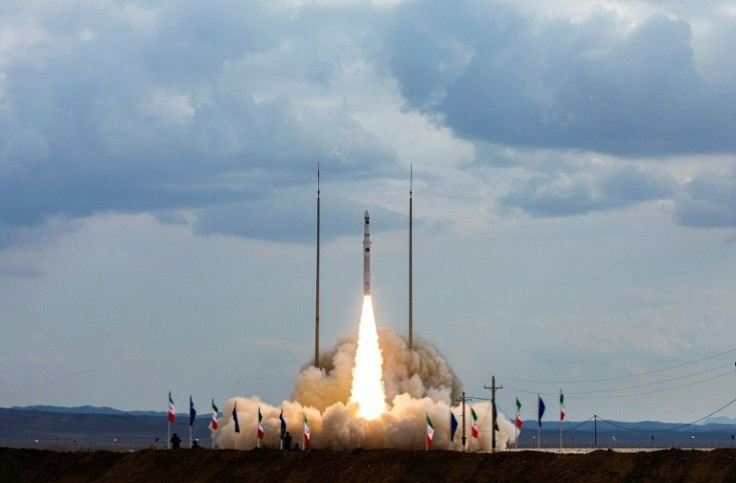Giant Balloon To Fly Passengers To Space Starting 2014
A massive luxury balloon will start flying passengers to space soon. American luxury spaceflight company Space Perspective developed the balloon, named Spaceship Neptune, to take people on a six-hour flight to the edge of the Earth's atmosphere and back starting 2024.
According to the company, the "radically gently voyage" will see passengers being carried to space by a giant hydrogen-powered balloon about half the size of a football stadium. The trip will end with a water landing on Earth, where a ship will ultimately pick up the passengers and the capsule.
Space Perspective offered a first glimpse of the massive balloon back in April, showing huge and high windows, comfortable seats and subdued interior lighting. Unlike other space capsules that are usually white through and through, the Spaceship Neptune features purple tones inside and includes a bar, WiFi and picturesque views from all perspectives, even from the toilet.
The spaceflight costs $125,000 per person and will go as high as 30 kms above the surface of the Earth, which is lower than those offered by other space tourism companies but is much higher than the maximum 10-km altitude of most airplanes. Each flight can carry up to eight passengers and a pilot.
Jane Poynter, co-founder of Space Perspective, said passengers of the Spaceship Neptune will rise "above 99% of the atmosphere." "We wanted to find a way to really change the way people think about space travel," she told AFP.
"What balloons allow us to do is take people into space smoothly, comfortably," she added, noting that passengers only need to fasten their seatbelts during the first 15 minutes and last few minutes of the flight.
Spaceship Neptune will take off in 2024 from Florida in the U.S. After the 2-hour ascent to the edge of the Earth's atmosphere, the massive balloon will stay at its peak for another two hours before it begins its 2-hour descent.
Space Perspective noted that unlike with other space tourism companies, Spaceship Neptune's flight will not involve any greenhouse gas emissions as the hydrogen that powers the balloon comes from renewable sources. After the flight, the balloon will also be recycled while the capsule will be reused.

© Copyright 2023 IBTimes AE. All rights reserved.






















